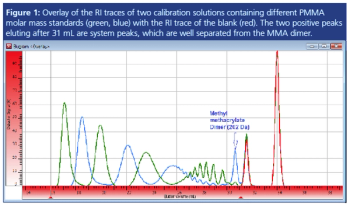
The Column
Traditional sample preparation method development can often be laborious and costly. Understanding the underlying concepts of the technique can help food and environmental laboratories develop methods in notoriously complex matrices, faster, more efficiently, and provide better chromatography. With the presence of many unique matrices and analytes, methods such as QuEChERS, supported liquid extraction (SLE), or solid-phase extraction (SPE) provide the necessary adaptability for many types of extractions. With customizable methods to work with unique matrices and with the addition of automation, extractions can be improved to save time and provide consistent recoveries.






